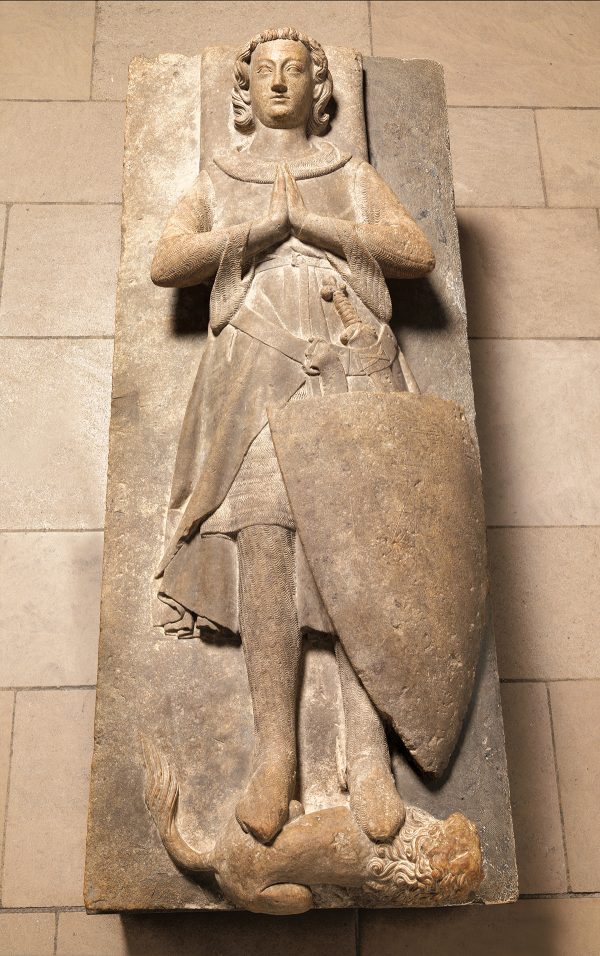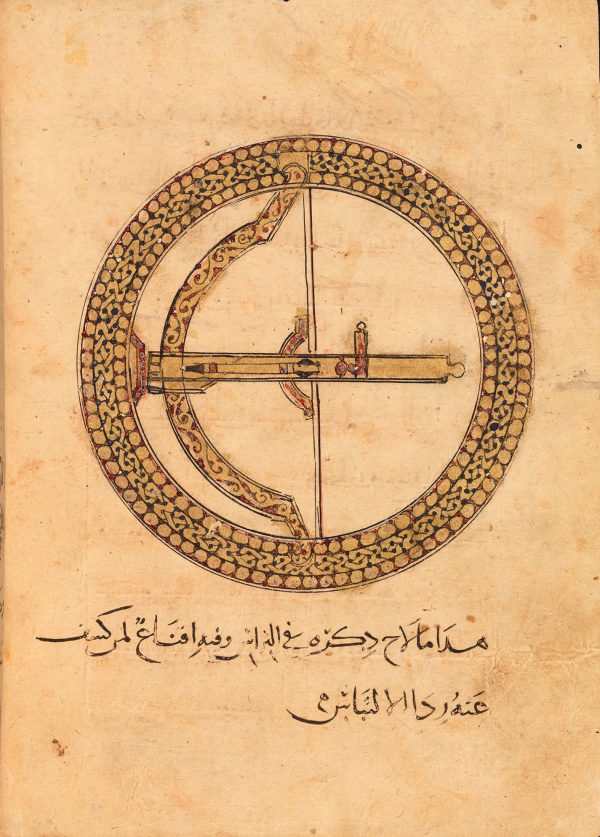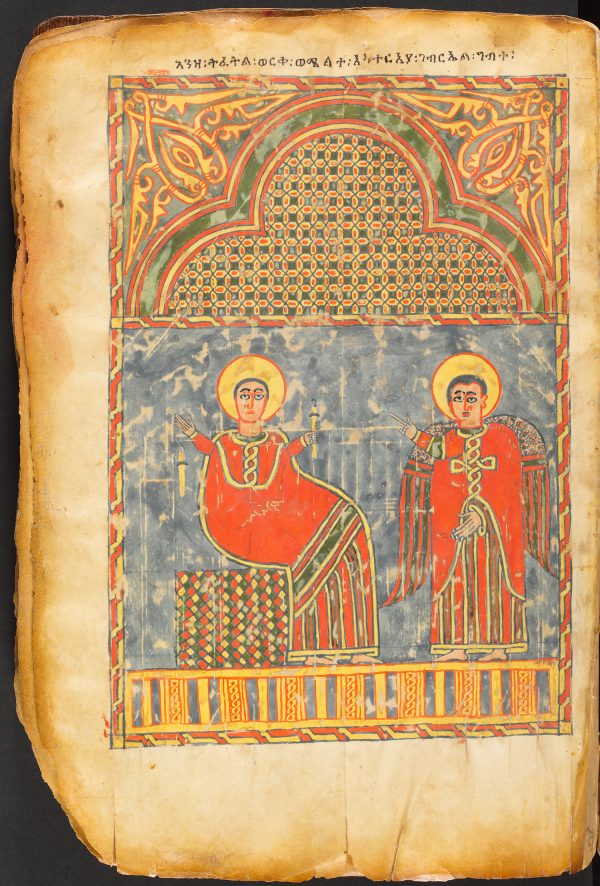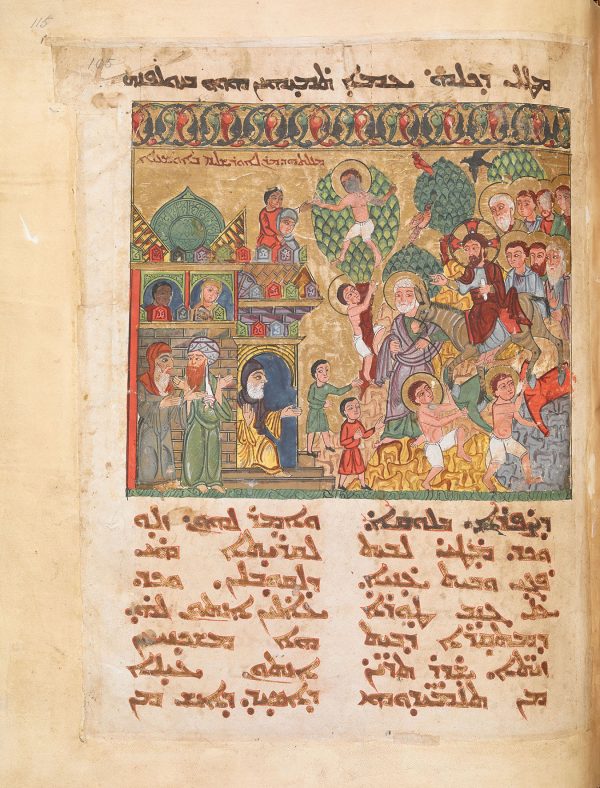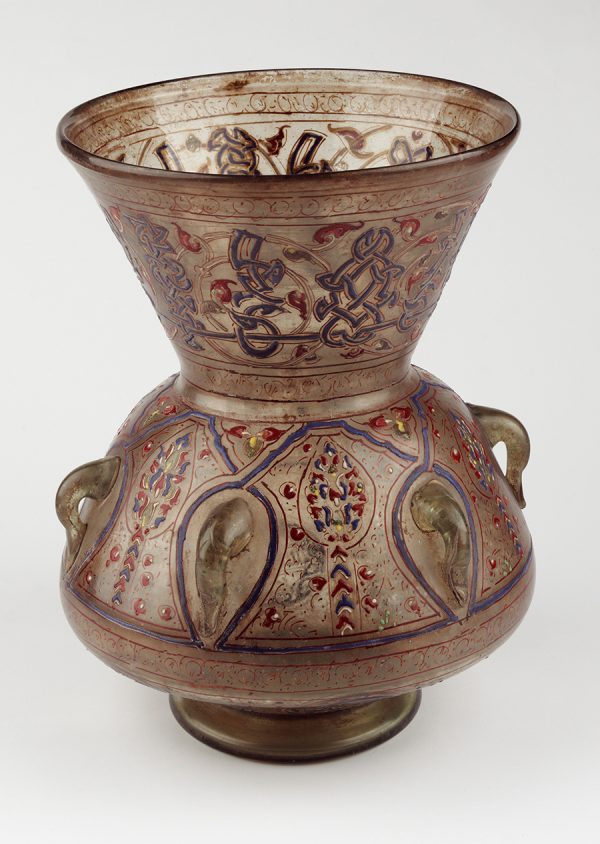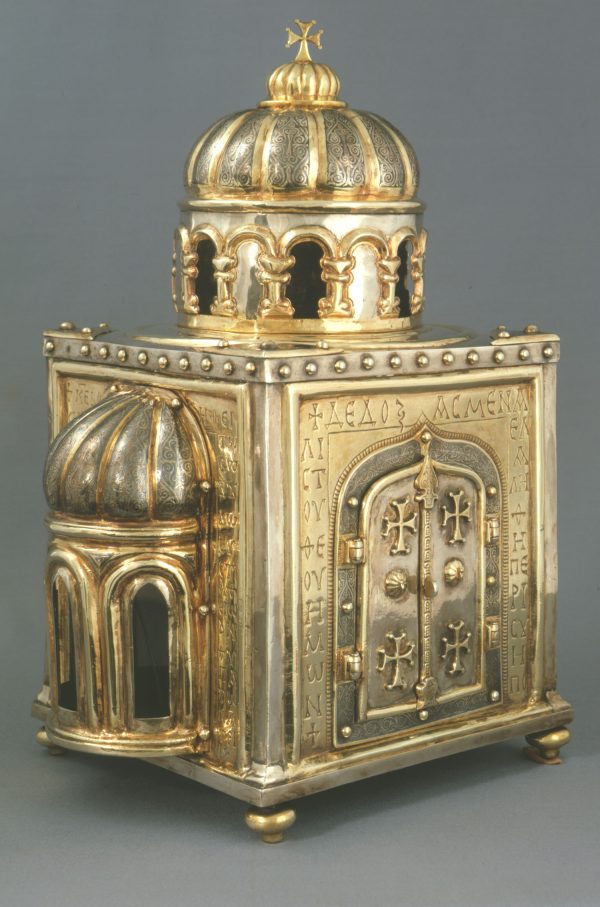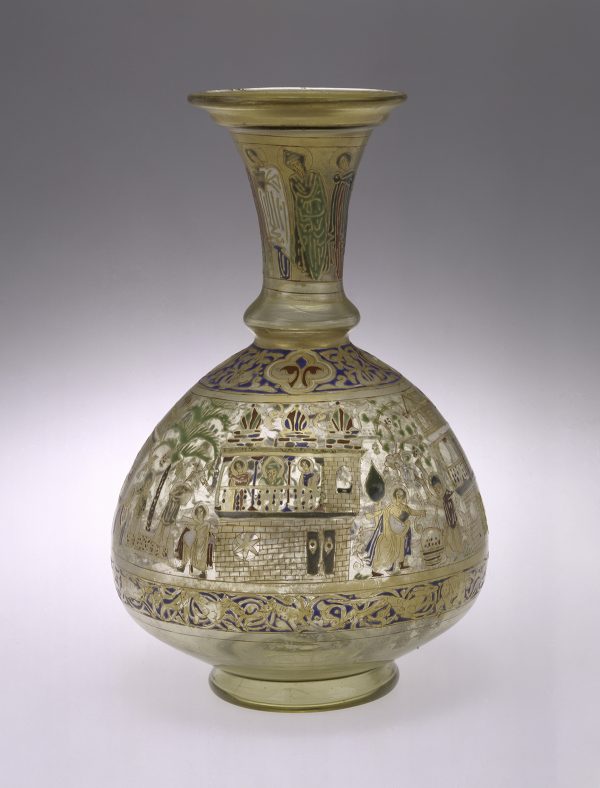On October 31, 1916, Charles Taze Russell died at the age of 64. Mr. Russell founded the Bible Student movement in the 1870s, and Zion's Watch Tower Tract Society in 1881. The latter became known as the Watch Tower Bible and Tract Society in 1886, and the headquarters moved to Brooklyn, New York in 1908. Mr. Russell's theology was a mixture of truth and error, with the errors being serious enough to constitute heresy from the perspective of Biblical Christian doctrine. For instance, Mr. Russell believed that Jesus received His divinity after dying on the cross; taught that the Holy Spirit is not a person, but merely a manifestation of God's power; that Christ had begun ruling the world invisibly in 1874 and that the "Times of the Gentiles" would end in 1914, and Christ would visibly take control of Earth's affairs at that time.
Mr. Russell died of cystitis while returning home to Brooklyn from a tour of western and southwestern states. His death resulted in a dispute over the presidency and a split among Mr. Russell's followers; Joseph F. Rutherford was elected president of the Watch Tower Bible and Tract Society in January 1917 and held the position until his death in 1942, adopting the name Jehovah's Witnesses for the organization in 1931.
I haven't time or space here to go into the numerous errors of Jehovah's Witnesses. For information on Jehovah's Witnesses from a Christian perspective, I recommend the site of MacGregor Ministries. The book Witnesses of Jehovah (1988) by Leonard & Marjorie Chretien is written by Jehovah's Witnesses who came to saving faith in Jesus Christ. There is also a documentary film of the same name; I have a VHS copy, but I don't know if it's available in DVD. The Cult Explosion (1980) by Dave Hunt contains an interview with a former member of Jehovah's Witnesses, with an insider's fascinating information on life at headquarters in Brooklyn (known as "Bethel" within the organization). The Orwellian World of Jehovah's Witnesses (1984) by Gary Botting and Apocalypse Delayed (1984) by James Penton are exposes by members of the organization, but are not written from a Christian perspective.
Job CCV
-
Looking at the entirety of the book of Job in the aggregate, one can’t
help but notice that though he started out as a man of faith, a man who was
blame...
4 hours ago


.jpg)



































